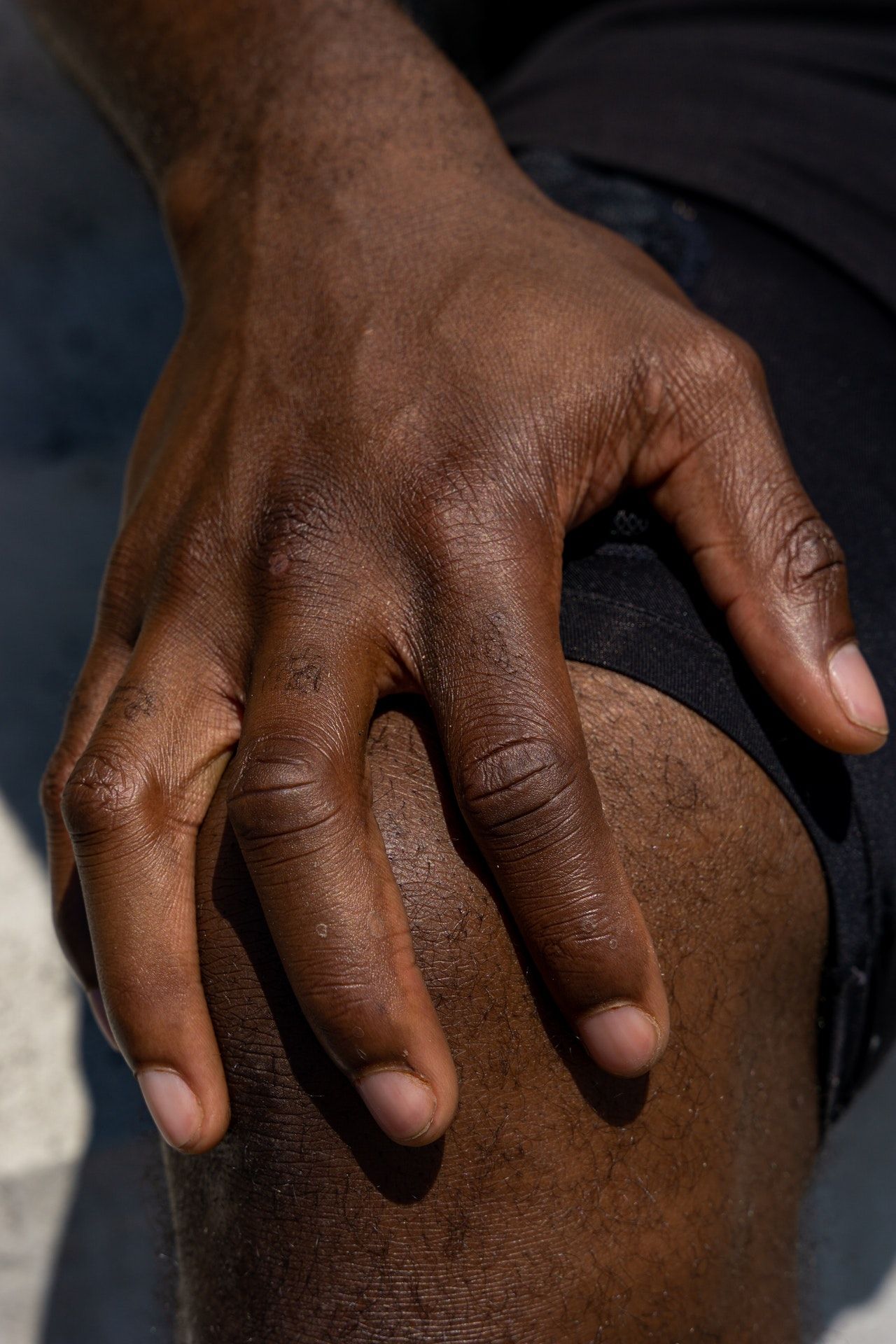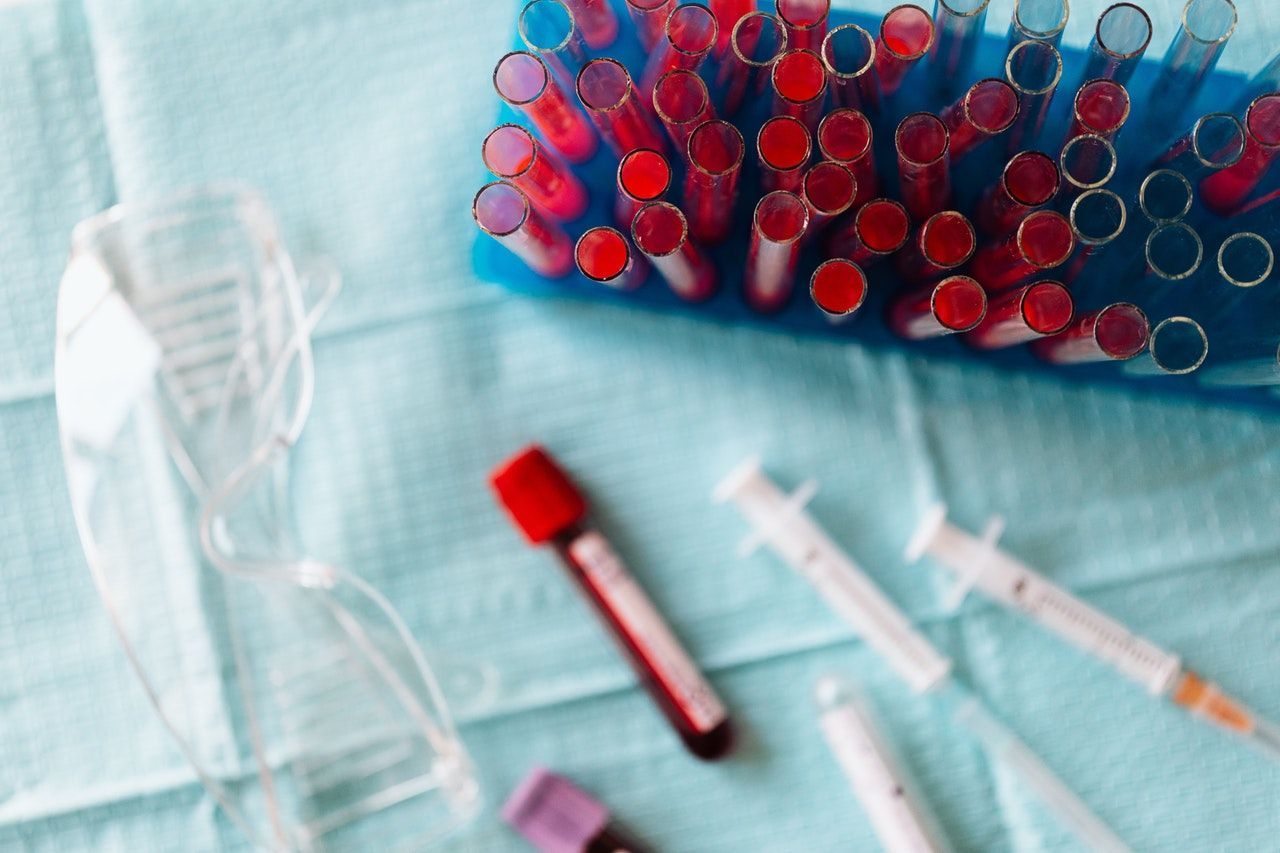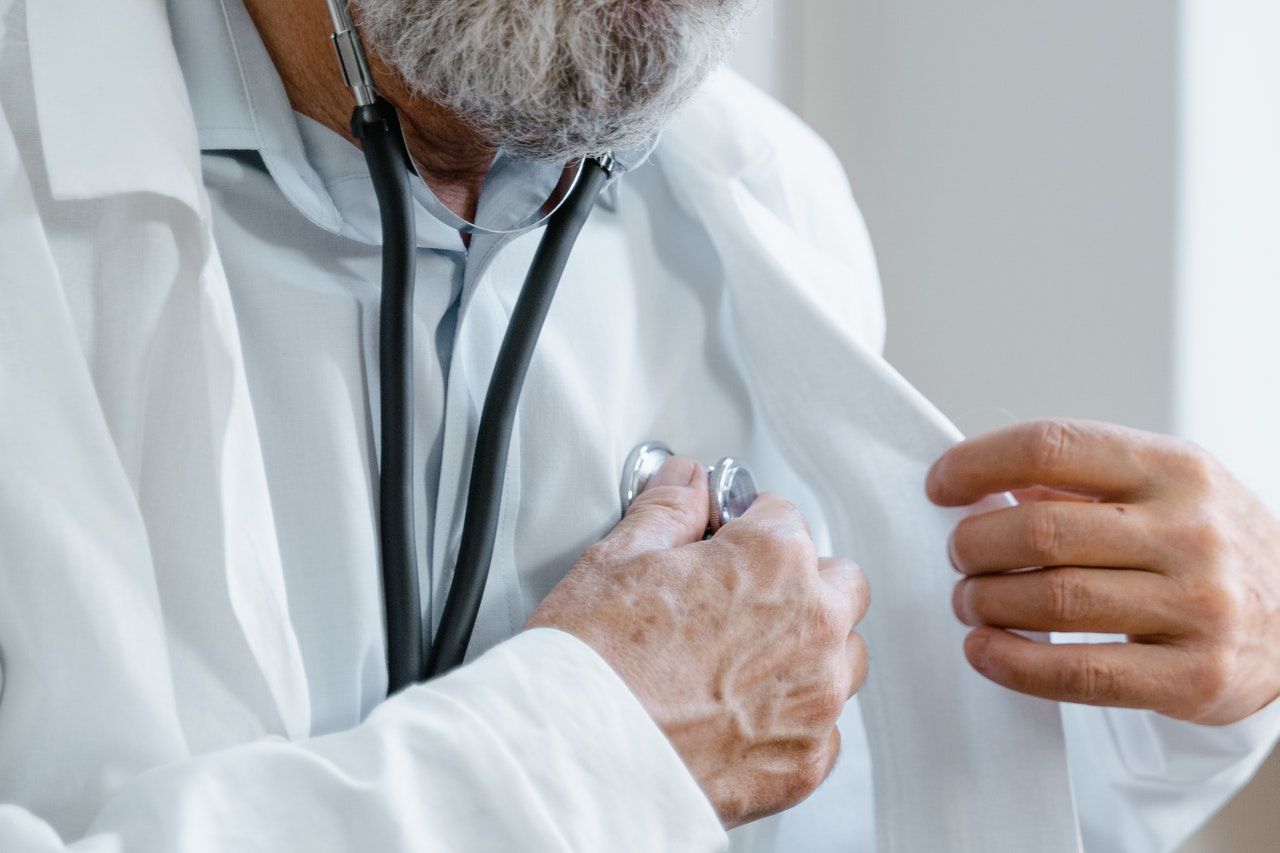
Knee Examination
The examination of the knee is a key musculoskeletal examination to master. It is commonly tested in OSCE exams. More importantly, if you end up working in general practice or in the emergency department, chances are you will need to be able to distinguish between a simple strain and damage to key ligaments. In this section we will cover how to assess the knee joint using a systematic approach.
Introduction
- Wash hands
Wash your hands using the Ayliffe technique
2. Introduce yourself
Introduce yourself and give your name and grade
3. Check patient details
Clarify patient's identity by confirming their name and asking for their DOB
4. Describe examination
Explain what examination you are performing and what this involves
5. Gain verbal consent
6. Expose appropriately
Fully expose the patient’s knee.
Look
1. General end of bed inspection
- Mobility aids such as wheeled walkers, zimmer frames or walking sticks
- Evidence of injury/trauma
2. Inspect Gait
- Symmetry and smoothness
- Gait cycle - stance and swing phase
- Abnormal gait - Ataxic (cerebellar disease), Antalgic (trauma/OA), waddling
(proximal muscle weakness), shuffling ( Parkinson’s disease)
3. Knee inspection anterior and posterior (standing)
- Check alignment - valgus deformity (knock-knee) or varus deformity (bow-leg)
- Symmetry
- Muscle wasting
- Popliteal swelling - Baker’s cyst, aneurysm or abscess.
4. Ask the patient to lie on the bed and further inspect the knees
Remember to talk through what you are doing, both for the sake of the patient (bit awks to just stare at people’s body parts for extended periods of time) and the examiner.
Feel
Start with the patient lying down in the bed with the knees exposed
Ask the patient before starting if they have any pain in their knee. When feeling the patient’s knee ask them to let you know if there is any pain when you palpate.
1. Assess temperature
- Check for the temperature around the knee joints using the back of your hand
2. Check for effusion
- Usually done by performing a patella tap
- This involves running one hand down the patient’s thigh towards the knee
- Which results in an effusion being forced behind the patella
- With three fingers of the other hand push the patella down gently
- Positive test is when the patella bounces back and cause a tap
3. Knee joint palpation
- Flex the knee to 90°
- Palpate for tenderness and evidence of swelling along the joint line
- Starting at the femoral condyles moving down towards the inferior pole of the patella
- Then continue down the inferior patella tendon to the tibial tuberosities
- Work you way to the back of the knee feeling for any swellings (Baker’s cyst)
Most clinicians will start with the good knee first. Both building trust with the patient and also giving you an idea what the good side feels like.
Move
1. Assess active movement
- Ask the patient to bend their knees one at a time (Flexion 140°)
- Ask them to then straighten their knees again (Extension)
2. Assess passive movement
- Place one hand on the knee and repeat the same movements
- Important to make sure the patient is relaxed
- Take note of any crepitus, locking or reduction in the movements
3. Look for evidence of hyperextension
- Place the palm of your hand on the patient’s heel and lift leg
- Look for any hyperextension >10° (hypermobility or collagen disorder)
Special Tests
1. Anterior draw test (Anterior cruciate ligament) and Posterior draw test (Posterior cruciate ligament)
- Flex the patient’s knee to 90°
- Check for evidence of posterior sag or step-back of tibia from the side of the knee
- Wrap both hands around upper tibia
- Place thumbs on tibial tuberosity and index fingers in the popliteal fossa
- Stabilise lower tibia with forearm
- Gently pull forward
- Gently push backwards
Significant movement forward indicates ACL laxity or damage and likewise significant backward movement indicates PCL laxity or damage.
2. Medial and lateral collateral ligament
- Hold the knee flexed at 15°
- Hold ankle with one hand and the knee with the other
- Apply pressure to the lower tibia on the medial and then the lateral aspect of the knee
Remember you are testing the ligament opposite to the pressure area. For example, if you are applying pressure to the medial aspect of the knee and notice excessive movement then it likely indicates lateral collateral damage.
End of examination
- Thank patient
Let the patient know you have finished examining them and thank them for their time. Be courteous and offer them help to get redressed.
2. State other exams for completion
Turn to the examiner and state what else you would do to complete the exam.
3. State what tests you would perform
Explain to the examiner what tests and investigations you would perform based on your findings and the patient’s history
Doctor Khalid Newsletter
Join the newsletter to receive the latest updates in your inbox.




